VIDEO: Belt Tension And Friction Levels
Belt tension creates friction between the belt and the pulleys. This video is sponsored by Litens.
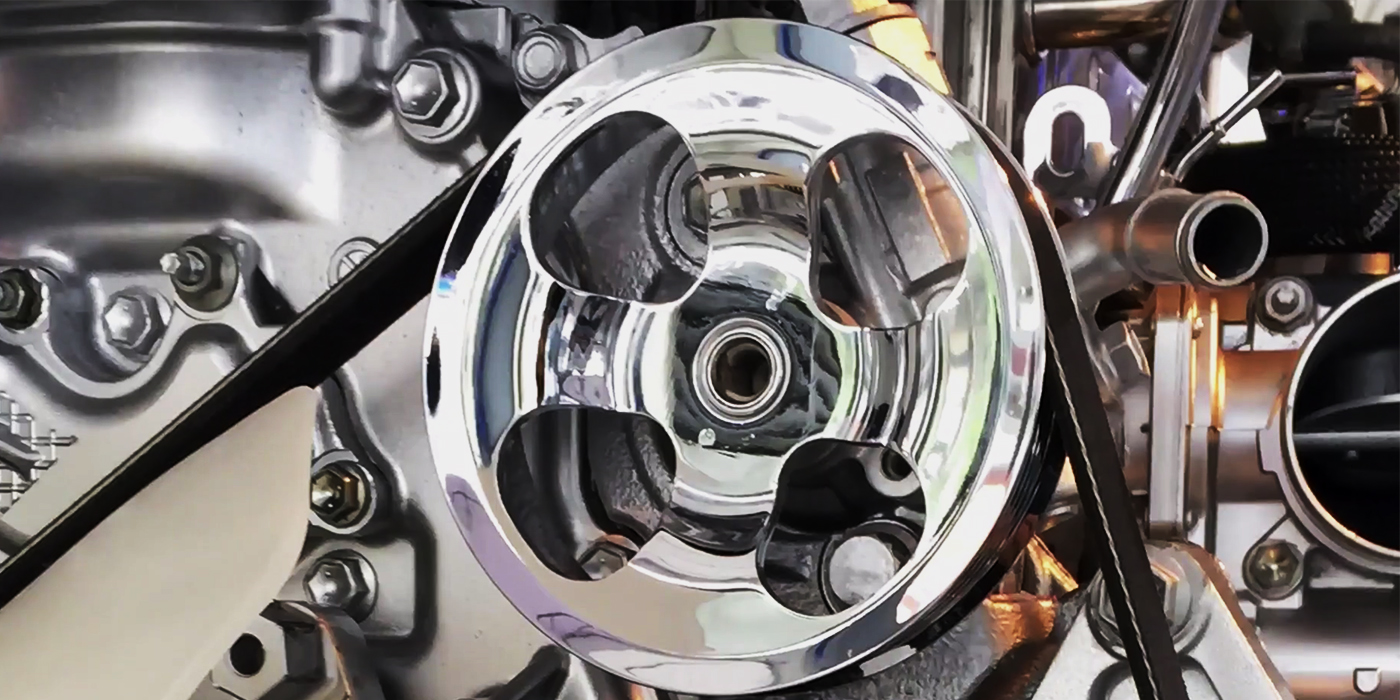
VIDEO: Brake Noise Diagnostics
Andrew Markel explores brake noise, which noises signify which symptoms, and how to remedy them. Sponsored by Nissan.
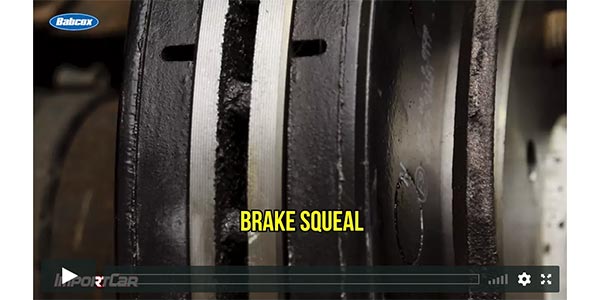
VIDEO: Brake Pads And Tribology
Andrew Markel discusses tribology, the study of friction, and how different materials in brake pads react with brake rotors. Sponsored by Nissan.
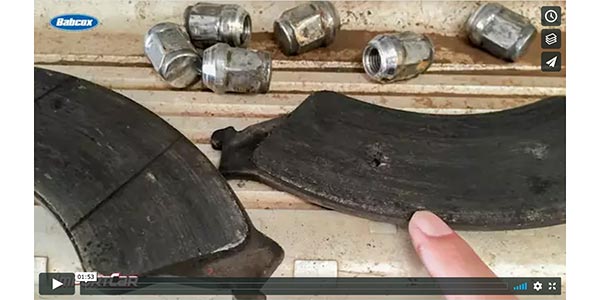
Brake Lubricants: Reduce Noise And Optimize Performance
Under extreme braking conditions, some lubricants can’t take the heat and melt off, evaporate, oxidize or burn. That’s why ordinary, general-purpose chassis grease should never be used for lubricating brake components. It simply won’t hold up.
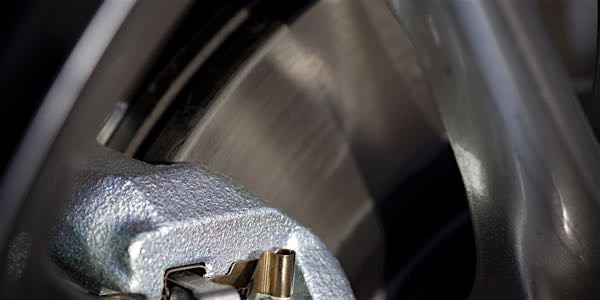
Understanding Friction And Formulations
How the components in the friction material shear, break and interact during braking can determine a pad’s friction level, noise and wear characteristics. A brake pad may require up to 20 different raw materials. Some raw components of a friction material are abrasive, while other components lubricate. Some components, like structural fibers and resins, hold the pad together, while other components tune the friction levels through various temperature ranges.
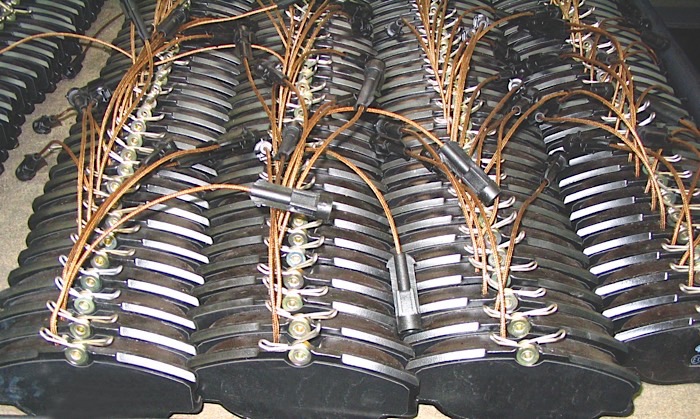
Akebono’s Euro, Performance Lines Already Compliant With 2021 Low Copper Regulations
Akebono Brake Corp. has announced that both its EURO and Performance brake pad lines are already fully compliant with state regulations that require low copper content in brake pads beginning in the year 2021. According to Akebono, these pads have been compliant with the stringent formulae called for in the regulations since the product lines were launched in 2005.
Consumer Rebates Of Up To $30 Available On Wagner ThermoQuiet Brake Pads
Available Feb. 24 through May 31, 2014, the popular Wagner Brake spring promotion offers mail-in consumer rebates of $15 per front pad set and/or $15 per rear pad set on the brand’s “best-ever” brake pads – new Wagner ThermoQuiet CeramicNXT pads featuring Wagner OE21(TM) low-copper formulations – and ThermoQuiet semi-metallic pads.
Honeywell Friction Materials Expands Portfolio To Cover An Additional 82 Million Vehicles
Honeywell Friction Materials, makers of Bendix and JURID branded brake products, and now its Stop by Honeywell branded disc pads, has added 185 new model numbers in the fourth quarter of 2013. The new parts expansion covers an additional 82 million vehicles on the road today.
New Environmental Regulations To Change The Parts You Sell, Install
New legislation is changing what parts can be installed on your customers’ vehicles. The goal of these mandates is to reduce emissions and prevent harmful chemicals from reaching waterways. The spirit of the new regulations is to preserve public assets like parks and streams that improve the quality of life for the citizens of the state.
TMD Friction Reveals Complete Overhaul Of Mintex Brand
Brake friction specialist TMD Friction has announced a new face for its longstanding Mintex brand. According to the company, the complete brand overhaul builds on the rich heritage of the Mintex name with a global rollout of new brand identity, packaging and advertising.
TRW Increases North American Friction Coverage By 8 Million Vehicles
TRW’s North American aftermarket division announced that it has increased its friction coverage by 8 million vehicles, including many 2014 models. With a range of more than 860 SKUs, TRW says it now provides premium friction material for a number of the latest models, including: 2014 Audi Q5; 2014 Honda Odyssey; 2014 Chevrolet Impala; 2014 Ford Taurus; 2014 Nissan Murano and 2014 Buick Encore.
Current State of Brake Pad Copper Legislation
The California Brake Pad Law (Passed)Reformulation Bill
Limits on the copper content of brake friction materials are essential for California cities, counties and industries to comply with federal Clean Water Act mandates. California would need to pay billions for noncompliance to the Federal government if this was not enacted.
